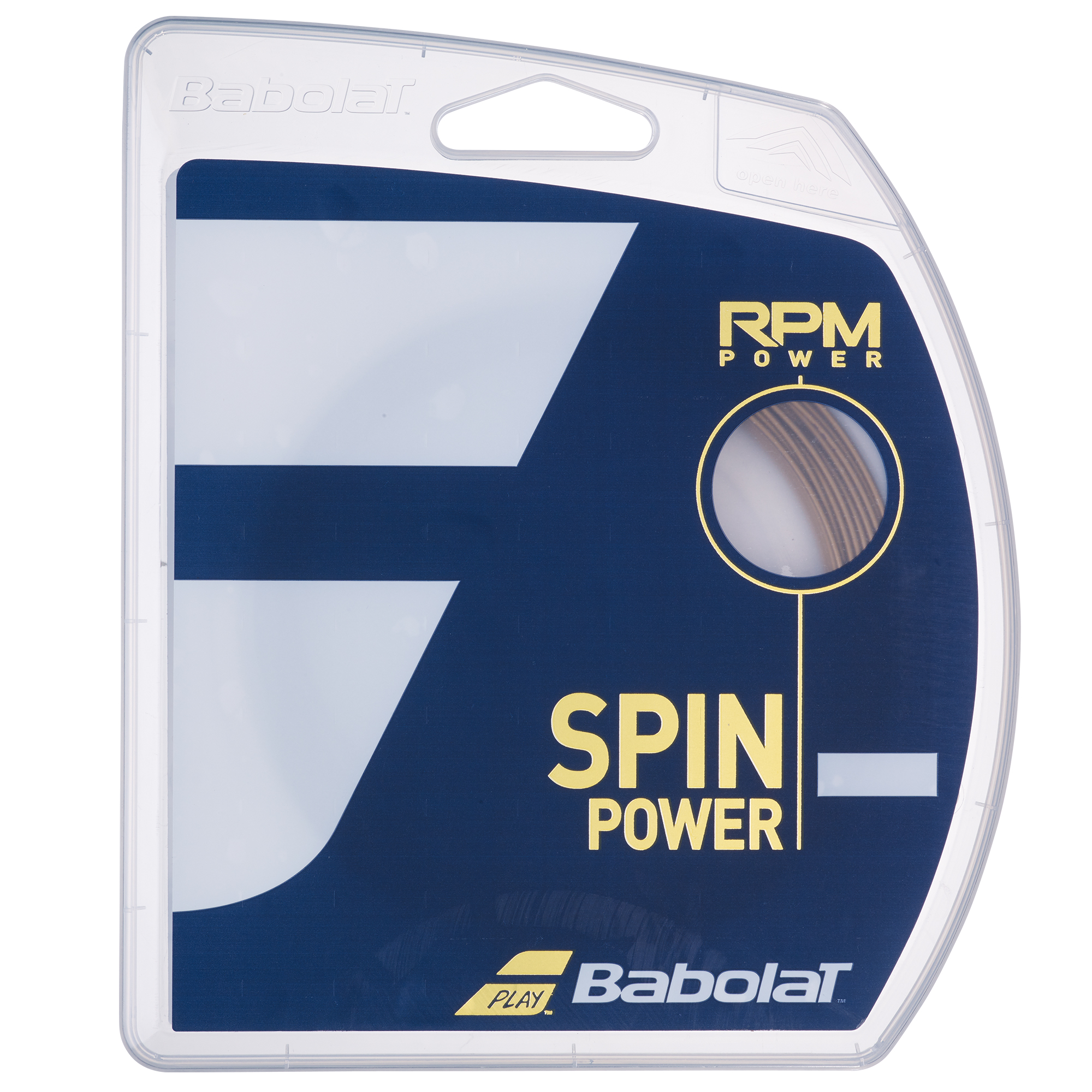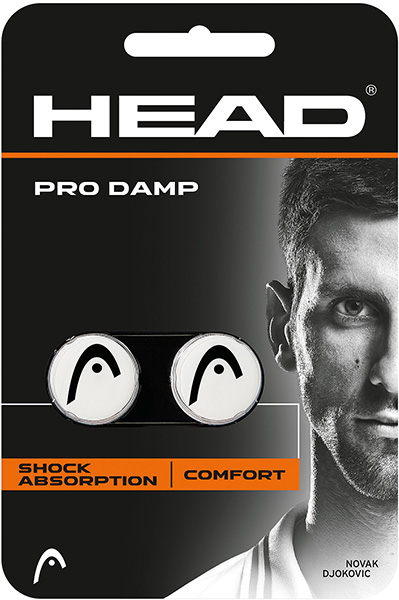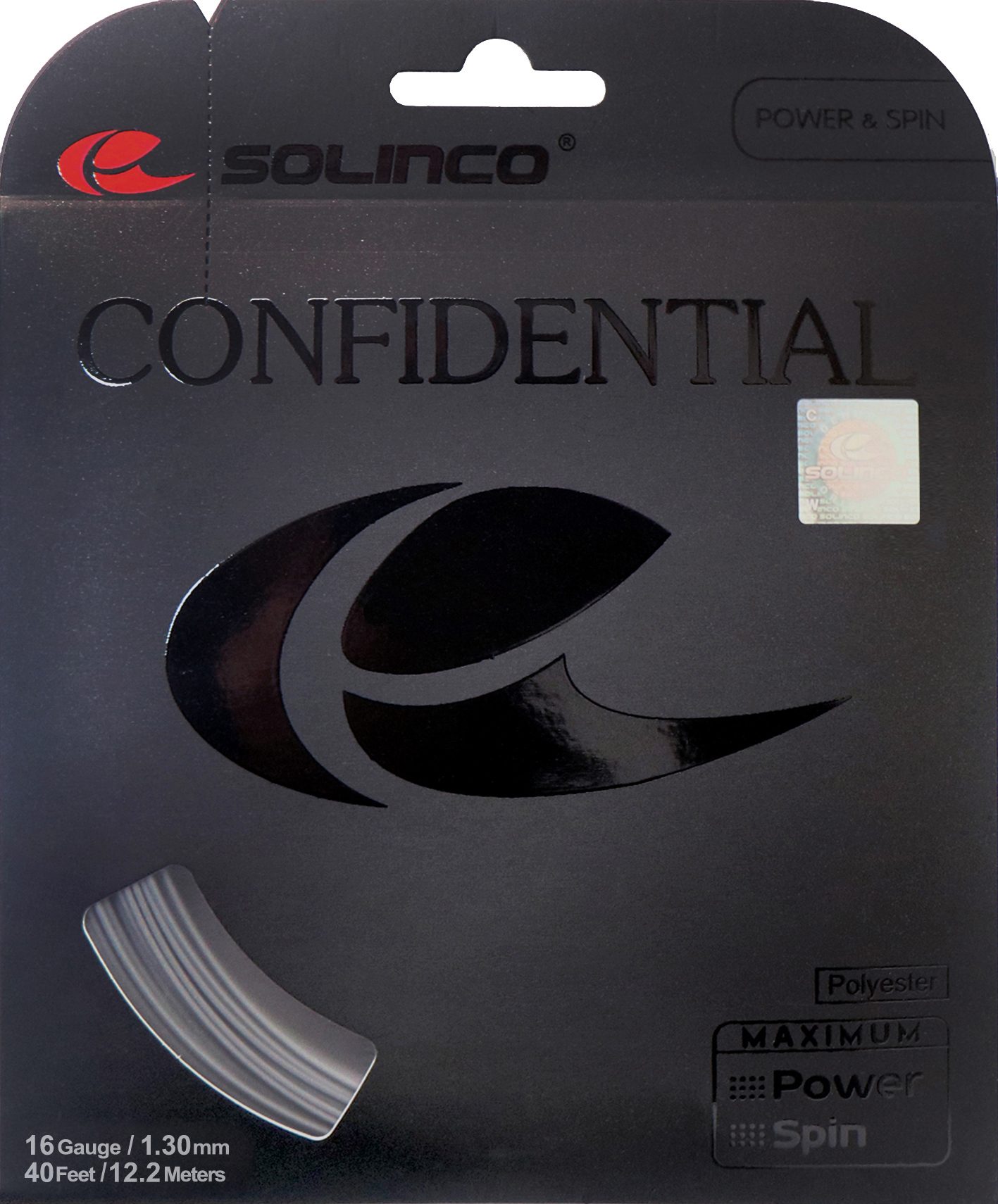72,40 €
Each offer available in the Tennis Zone is an original product, coming directly from manufacturers or trusted distributors.
 tennis-zone.eu
tennis-zone.eu 
72,40 €

72,40 €
Naciąg dodawany do najnowszych rakiet Babolat Pure Strike
Naciąg niedostępny w samodzielnej sprzedaży.

| Article number: | SW10030 |
|---|---|
| String length (m): | 12 |
Naciąg dodawany do najnowszych rakiet Babolat Pure Strike
Naciąg niedostępny w samodzielnej sprzedaży.

| Article number: | SW10030 |
|---|---|
| String length (m): | 12 |
Each offer available in the Tennis Zone is an original product, coming directly from manufacturers or trusted distributors.
Sign up for the free newsletter and do not miss any promotions and news, as well as individual offers from our store.
Functional cookies are absolutely necessary for the functionality of the web shop. These cookies assign a unique random ID to your browser so that your unhindered shopping experience can be guaranteed over several page views.
Marketing cookies are used to display advertisements on the website in a targeted and individualized manner across multiple page views and browser sessions.
Tracking cookies help the shop operator to collect and evaluate information about the behaviour of users on their website.
These cookies are used to collect and process information about the use of the website by users, in order to subsequently personalise advertising and/or content in other contexts.




